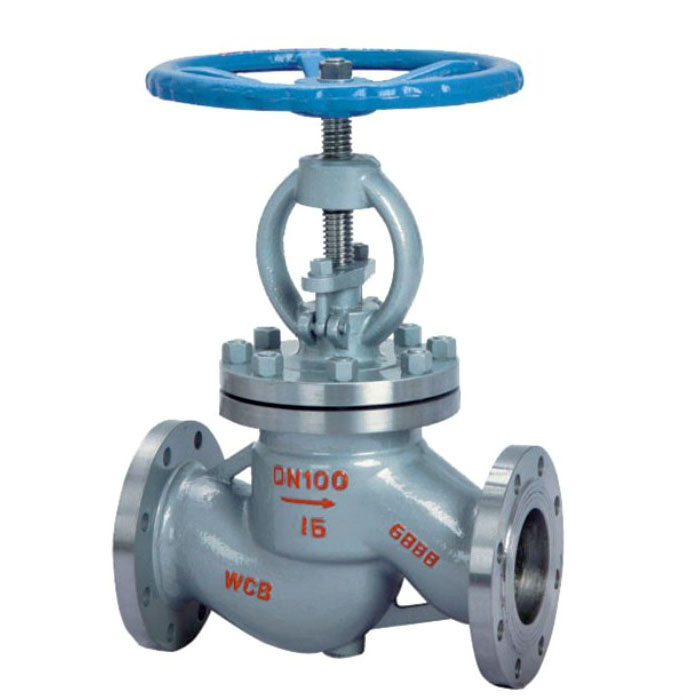Why is the globe valve is suitable for cut-off and throttling?

The valve stem axis of the globe valve is perpendicular to the sealing surface of the valve seat. The opening or closing stroke of the valve stem is relatively short. Once the valve disc of the globe valve is in the open state, there is no longer contact between its valve seat and the sealing surface of the valve disc, and it has a very reliable cut-off action. Therefore the globe valve is very suitable for the cut-off, adjustment and throttling
The sealing surface wears less mechanically, because most seats and flaps of the globe valve are easier to repair or replace. It is not necessary to remove the entire valve from the pipeline when sealing the component, which is very suitable for the case where the valve and the pipeline are welded together. The flow direction of the medium through such valves has changed, so the flow resistance of the stop valve is higher than other valves.
Globe valves are as follows:
1) Angle globe valves; in angle globe valves, the fluid only needs to change direction once, so that the pressure drop through the valve is smaller than that of conventional structure globe valves.
2) Straight type globe valve; in the straight type or Y-shaped globe valve, the flow path of the valve body and the main flow path form an oblique line, so that the degree of damage to the flow state is smaller than that of the conventional globe valve, so the pressure loss through the valve is also correspondingly small.
3) Plunger stop valve: This type of stop valve is a variant of the conventional stop valve. In this valve, the valve flap and valve seat are usually designed based on the plunger principle. The valve flap is polished so that the plunger is connected with the valve stem, and the sealing is achieved by two elastic sealing rings sleeved on the plunger. The two elastic sealing rings are separated by a collar, and the sealing ring around the plunger is pressed firmly by the load applied to the valve cover by the valve cover nut. The elastic sealing ring can be replaced and can be made of a variety of materials. The valve is mainly used for "open" or "close", but a special form of plunger or special collar is also available to adjust the flow rate.